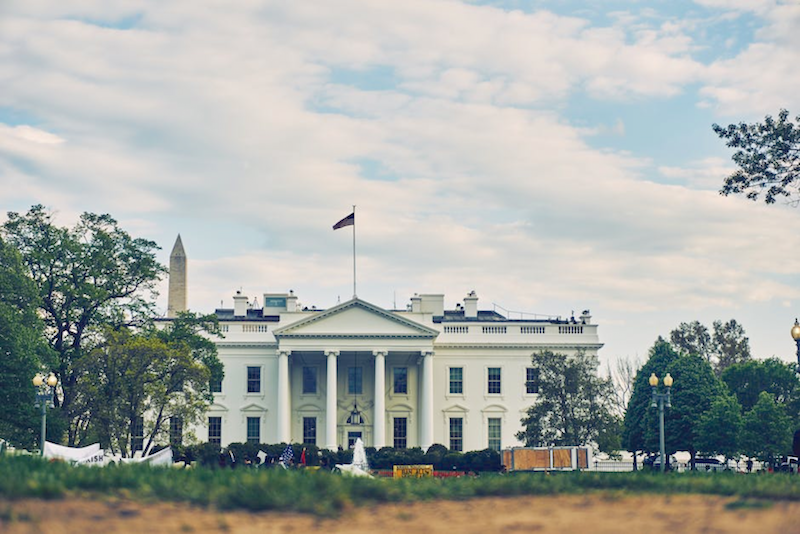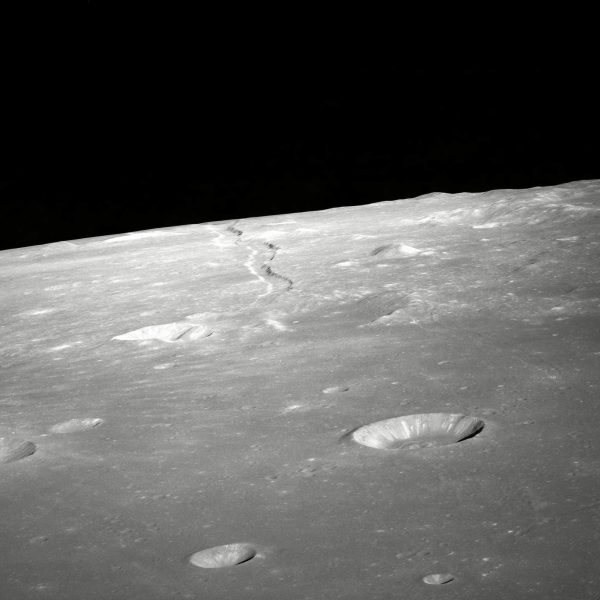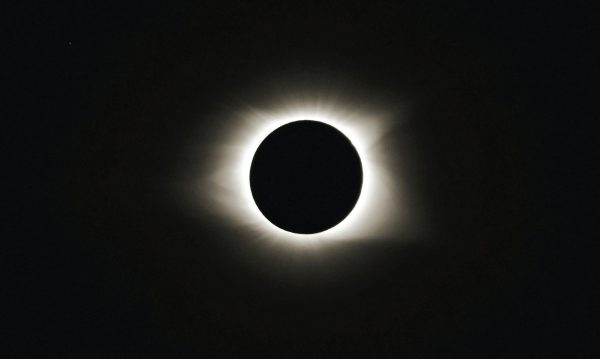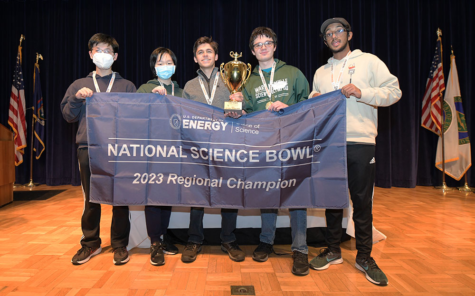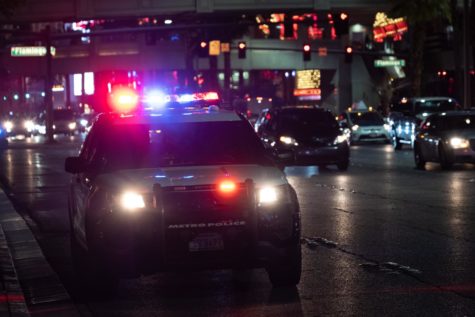“Liberal” Media Banned from White House Press Conferences
March 14, 2017
On Friday, February 24th, the Trump administration issued a ban order blacklisting multiple news sources from White House press conferences. Banned sources include the New York Times, Los Angeles Times, CNN, and Politico. This was followed by a boycott of the conferences by TIME Magazine and the Associated Press in protest. Such a conflict has been brewing for at least some time, with Trump declaring himself “at war” with journalists and the press upon taking office, and has only been exacerbated by press secretary Sean Spicer’s belligerency at past press conferences. The ban only intensifies the questions that Trump’s administration has given us over the past months: how media sources will be treated in the coming years, which sources we can trust, and whether there is really such an epidemic as “fake news.”
Looking on the bright side, this could provide an opportunity for news outlets to step back from analyzing the words of President Trump and focus on hard investigative journalism that is more likely to directly benefit the public. However, this is little consolation for its negative value. In the age of “alternative facts” and routine falsities from our president and his staff, it is more important than ever that journalists are able to step in and provide us with verified information. When this ability is eroded, like it has gradually been up to and including the ban, the public suffers. Leaving the people in the dark on current events in the government removes their ability to judge and react to situations in real time. If antagonism towards the press continues to intensify, the population could be effectively silenced. No matter which side of the partisan aisle you stand on, government opacity is inherently dangerous.
Donald Trump’s administration and the press have been in conflict since nearly the beginning of the campaign season. The dispute at this point in time centers on select areas where “alternative facts” and the evidence presented in the media do not quite line up. Individual quarrels include Trump’s falsities concerning voter fraud in the 2016 election; references to numerous terror attacks, foreign and domestic, that did not actually happen; claiming that the media is the reason for the rift between his administration and the CIA, especially concerning Russian interference in the 2016 election; and inaccurate portrayal of the current homicide rate in America. Disagreements on these and other topics have built an atmosphere of distrust between Trump and the press. This was well reflected in his first White House press conference, during which press secretary Sean Spicer berated reporters, refused to take multiple questions from attending parties, and argued with those present over the size of the crowd at President Trump’s inauguration (Spicer’s claims have repeatedly been proven wrong by photographic evidence). With this background, the current press ban is no real wonder. How the tenuous relationship between the White House and the media will play out cannot be predicted, but prospects at this time look relatively bleak.
“Congress shall make no law… abridging the freedom of speech, or of the press…” — First Amendment to the Constitution of the United States of America



